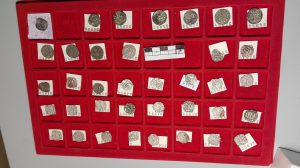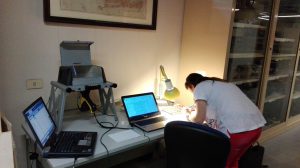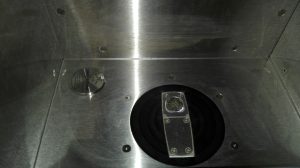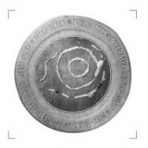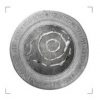In July 2016 new pXRF analysis were conducted on selected coins directly in the Archaeological museum of Florence (Fig.1). The instrument and its special laboratory station have been moved from the Siena University’s laboratories to the Florence museum (Fig. 2).
This is the second step of the analysis of silver coins coming from different archaeological sites of Tuscany, the first step was conducted in December 2015-January 2016 inside the laboratory of the Siena University and in the Pava museum
The portable X-ray fluorescence method is the most common technique employed for non-destructive analysis of silver coins (Fig.3). The first purpose of this analysis is to give an estimation of lead content in each coins in order to better plan the alloy sampling for lead isotopic analysis. The second purpose is to find the chemical composition of ancient metal.
